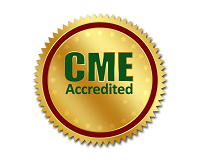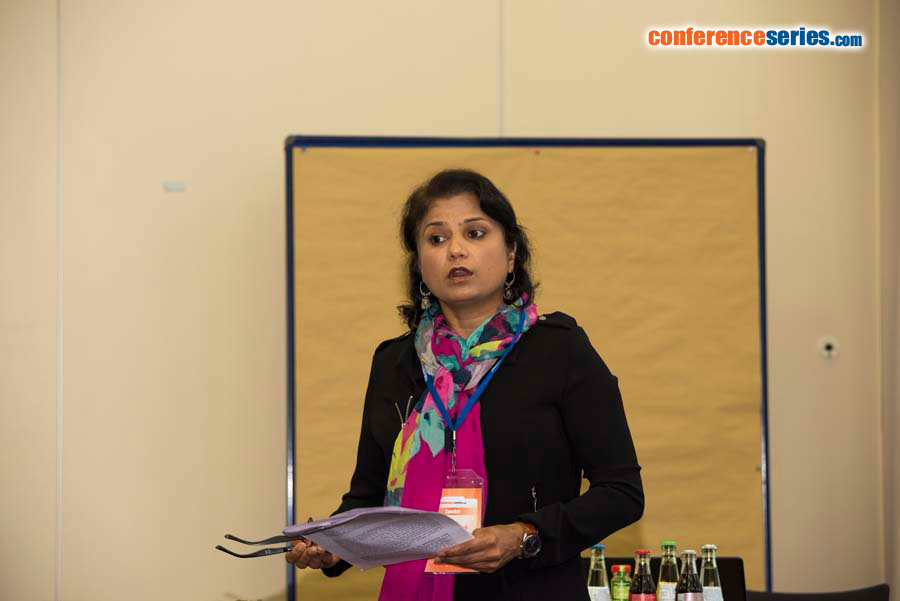
Seema Singh
Mitchell Cancer Institute, USA
Title: The chemopreventive potential of silver nanoparticles against UVB-induced skin carcinogenesis.
Biography
Biography: Seema Singh
Abstract
Solar ultraviolet (UV) radiation, particularly its UVB component, is an established cause of human skin carcinogenesis due to its ability to cause DNA damage in skin cells. Although several sunscreen formulations have been developed and commercialized to limit or minimize UVB exposure to skin cells; incidence of skin cancer has continued to increase suggesting their limited or no efficacy in preventing UV-induced skin cancer occurrence. Recently, we revealed the potential of silver nanoparticles (AgNPs; ≤ 50 nm) against UVB radiation-induced DNA damage in human keratinocytes (HaCaT). Here, we performed preclinical evaluation of chemopreventive efficacy of AgNPs against UVB-induced skin tumorigenesis in SKH-1 hairless mouse model. The different concentrations (20 and 40 mg/kg) of AgNPs mixed with hydrophilic cream base were uniformly applied topically onto the dorsal area of mouse skin prior to UVB-irradiation to assess chemopreventive efficacy in vivo for several weeks. The UVB only treatment group showed tumor formation within 13 weeks, and had high incidence (93.3%) rate by the end of the study (29 weeks). Interestingly, the pretreatment of mice with AgNPs significantly increased the latency period (6-9 weeks) of UVB-induced tumor formation. Moreover, overall tumor incidence was found to be significantly decreased (50 and 78%; in 20 and 40 mg/kg respectively) as compared to AgNPs-untreated mice. Tumor multiplicity and average tumor volume/tumor-bearing mouse were also observed to be significantly reduced in AgNPs-treated mice. Additionally, AgNPs treatment alone for 29 weeks did not induce any apparent signs of toxicity and changes in the body weight suggesting the safety of AgNPs. Altogether, these findings suggest that AgNPs are potential chemopreventive agents against UVB radiation-induced skin carcinogenesis and thus opening the ways for human applications.
Speaker Presentations
Speaker PPTs Click Here




